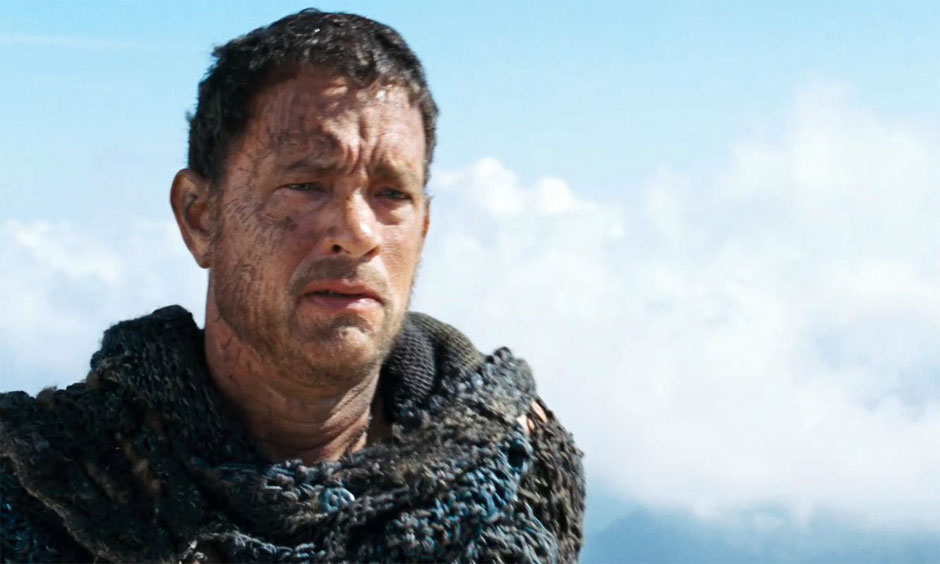
What it is about complex films that movie fans are so passionate about? Is in the puzzling nature of trying to figure out what, exactly, is occurring? Is it that we enjoy being challenged by a difficult narrative that’s resistant to easy interpretation and understanding? Or is it that we equate the complexity of a film with its quality?
Perhaps it’s that the more complex a film is, the more the great amount of work in creating a film is evident in the final product. After all, even making a bad film is still a lot of work that involves hundreds of people and thousands of hours of work—making a film whose complexity bewilders the viewer after all of that work is completed is the mark of some higher effort and careful attention to difficult conceptual world-building most films don’t even attempt.
Contemporary film seems to be tending toward the postmodern, which inherently complicates any narrative in that it is resistant to narrative and deconstructs the concept of narrative itself. As civilization and its citizens become increasingly familiar with all narratives and media output, we seem to be entering a terminal state of postmodernity—and perhaps our films are, as well. With that in mind, here are 10 of the most complex films of the 21st century so far.
10. Synecdoche, New York
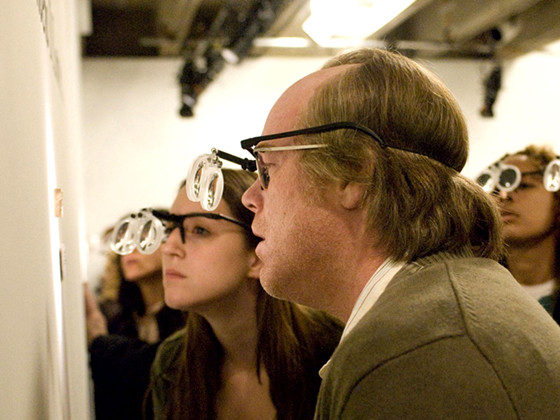
Theatre director Caden (Philip Seymour Hoffman) faces a series of personal disasters in his life—including a quickly failing marriage, a disintegrating relationship with his daughter, and some mysterious illness—just as he receives a MacArthur Fellowship grant.
This allows him to pursue his extreme artistic vision, which is to mount a massive stage production that ostensibly mirrors his own life in a gigantic warehouse. This involves building scale model sets of a city, hiring hundreds of actors, and spending years—perhaps decades—of his life o mount the production. The line between fiction and reality becomes increasingly blurred as he is consumed by his own work.
Starting with the play on words title (the location Schenectady, New York, and the concept of synecdoche) onwards, Synecdoche, New York becomes an increasingly complex and difficult film to follow.
As Caden’s incredibly detailed theatrical production of what seems like real life (being mimicked on a gigantic set) continues to grow, he begins to populate the cast with doppelgangers, a scaled-down warehouse of the warehouse that replicates New York City being built inside of the warehouse, plays within plays about the play itself) until a bizarre hall of mirrors effect begins to occur. By the end of the film, the audience is unsure whether they are watching a production or just Caden’s life, which is further confused by the fact that life inside of the set seems to have taken on a reality of its own.
Synecdoche, New York was the first directorial effort of screenwriter Charlie Kaufman (of postmodern Adaptation. and cerebral Being John Malkovich fame), and his style and approach to film is just as convoluted, meta, and ultimately strange as any of his screenplays. It’s a vision and an experience to watch Synecdoche, New York—just don’t ask any of us what it means.
9. Mr. Nobody
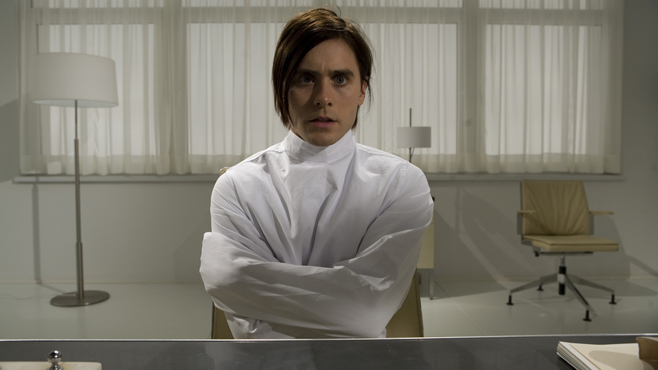
Nemo Nobody (Jared Leto) is a 118-year-old man and the last mortal left on Earth in a future where mankind has achieved immortality. As he lay dying on his death bed, he tells his life story to a captivated planet-wide audience. Or rather, he tells his life story from three specific points in his life in which he faced a crisis: when he was 9, 15, and 34.
And from each of those moments in his life, he tells multiple stories of alternate life paths that may or may not have occurred based on his decisions, each one affecting the other two periods of time. The narrative jumps back and forth through time as the different decisions have a knock-on effect of the other potential timelines of his life.
If this sounds confusing, don’t worry: it is. Using a nonlinear narrative and the idea of a multiverse to tell the life story (or rather, multi-lives stories) of one man, Mr. Nobody is a narrative experiment that’s alternately fascinating and somewhat confounding.
Using the concept of the butterfly theory to disrupt and create new narrative threads, Mr. Nobody feels like twenty films overlaid on top of each other at times, which is precisely the effect writer/director Jaco Van Dormeal seemed to have been going for. Overstuffed but satisfying for those who enjoy complex narrative knots to untangle and ponder, Mr. Nobody is an impressive achievement in complex filmmaking.
8. Primer
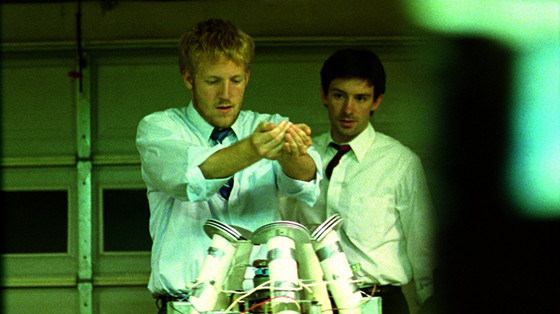
Time travel plots tend to get complicated quickly. After all, time travel itself is an impossibility that literally subverts the fundamental nature of reality itself—that time is an arrow that only moves in one direction. But if you have characters that can travel backwards and forwards in time and space, the narrative can become quite difficult to follow.
This was precisely what writer/director/star Shane Carruth was counting on when building the labyrinth-like plot of Primer, a 2004 low-budget (extremely low-budget, at $7,000) indie about two engineers who accidentally stumble upon how to transport themselves back in time and the dangerous consequences of such a technology. Deliberately obfuscating, Primer plays a narrative trick on the audience by making the viewer feel as disoriented as its protagonists, as alternate timelines, doppelgangers, and cracks in reality start to appear due to the frequent time travelling of the two main characters.
Often discussed for its bold narrative innovation, Primer is a heady movie to watch and is difficult to fully comprehend on first viewing. Or second. In fact, you may want to take notes while watching it to keep track of who you’re watching and from when they came—it’s kind of a big part of the movie.
7. Arrival
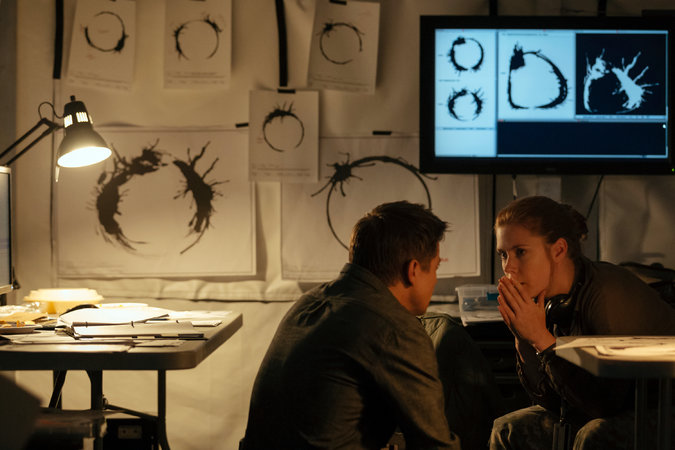
How do you speak to an alien race that doesn’t have any recognizable language, written or otherwise? This is the main concern of linguist Louise Banks (Amy Adams), who has been charged with deciphering the strange symbols a group of aliens that have suddenly arrived on Earth use as a form of communication. But the symbols are unrecognizable, and the parts that can be deciphered throw the nations of the world into a panic when they’re interpreted as hostile. But Louise seems to have figured out a way to avert disaster—it just means doing the impossible.
Without spoiling anything, the key to Arrival is in perception and decisions, knowing what the consequences of one’s actions will have on the future, and going through with them anyway for good or ill. Although not as maddeningly complex as many of the other films on this list, it’s in Arrival’s structure that provides a satisfying conclusion for the audience.
6. Interstellar
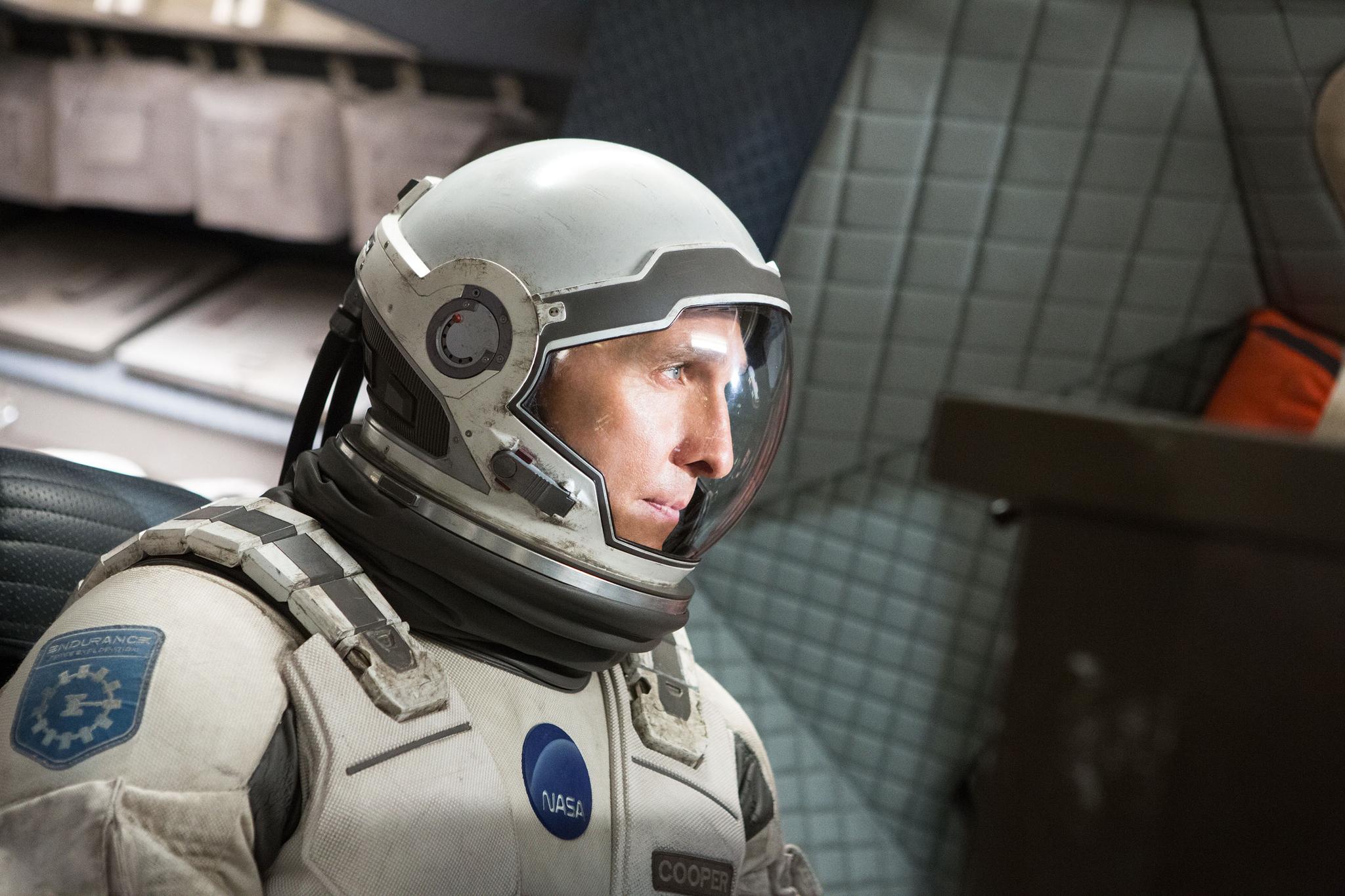
Complexity in film doesn’t just have to come from an esoteric narrative or confusing plot. Instead, the sheer breadth and vision of a film can speak to the complexity of bringing such a vision to the screen.
Such is the case with Christopher Nolan’s Interstallar: a sci-fi film that depicts a man (Matthew McConaughey) in a near-future Earth that’s quickly dying due to a global dust bowl that is sent into space to find an inhabitable planet for humanity to escape to. While there are elements on time travel (of a sort), the magnitude of the cosmic vision on display is akin to 2001: A Space Odyssey, while its depictions of global environmental disaster, interstellar space travel, and theoretical astrophysics is visually stunning.
Another masterpiece by Christopher Nolan, who created one of the best sci-films of the 21st century, Interstellar is complex in its vision and staggering macro concepts while also integrating thought-provoking ideas of science, humanity, and faith. An impressive film, its complexity comes from its visually stunning conceptual boldness—and the obvious difficulty in bringing such a film to the screen.